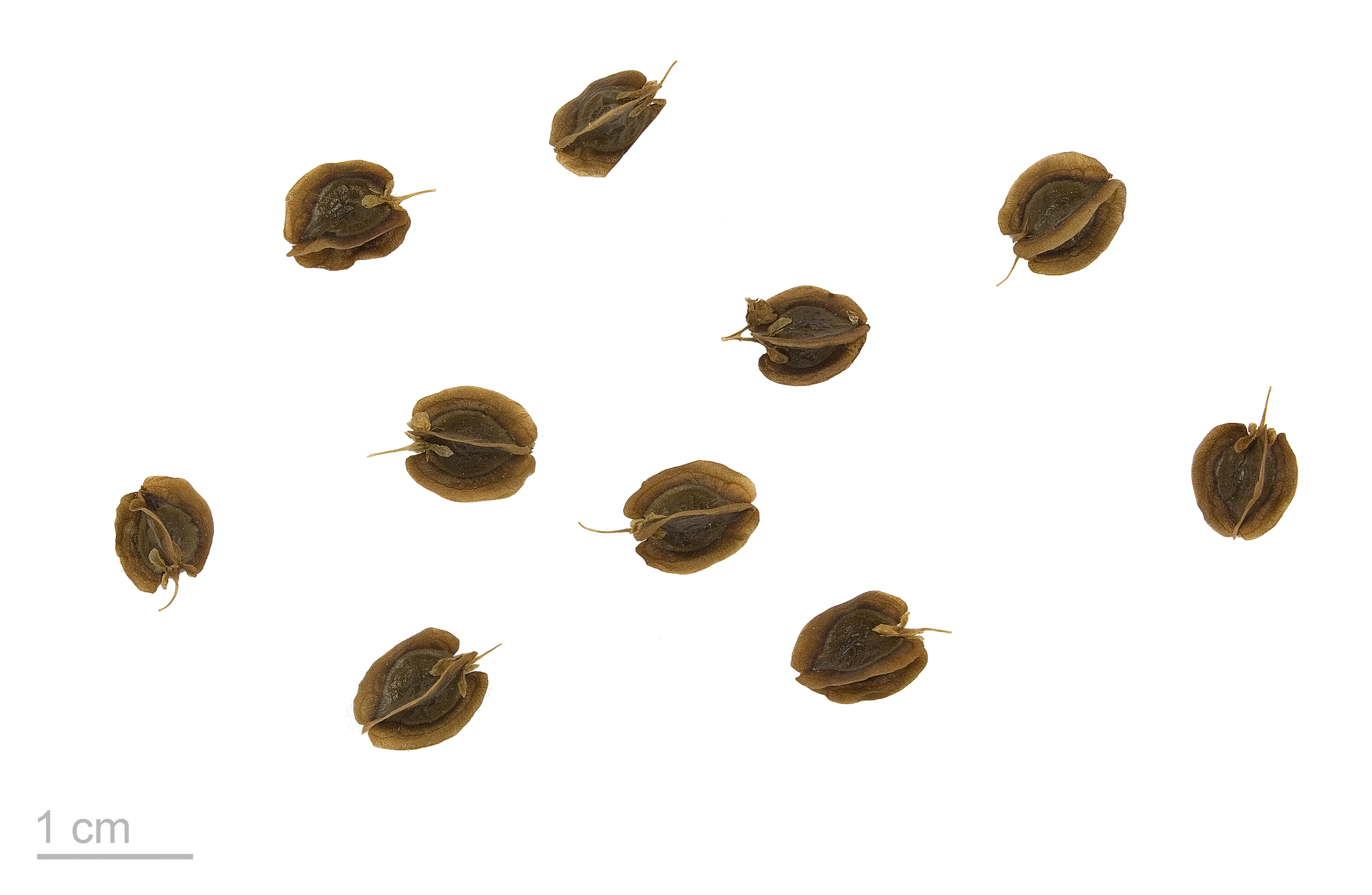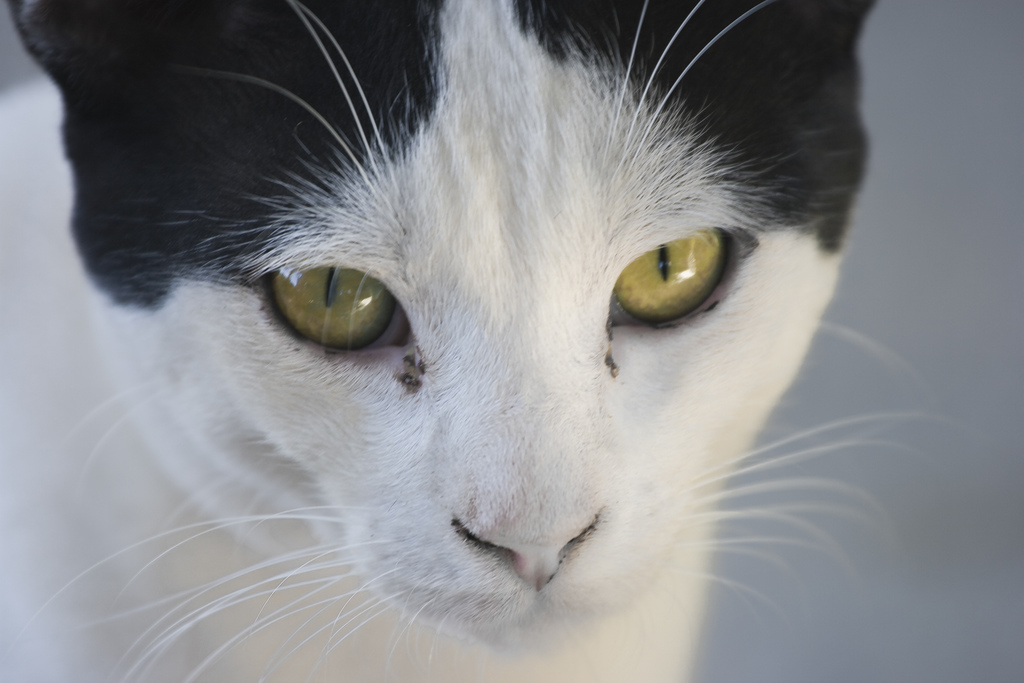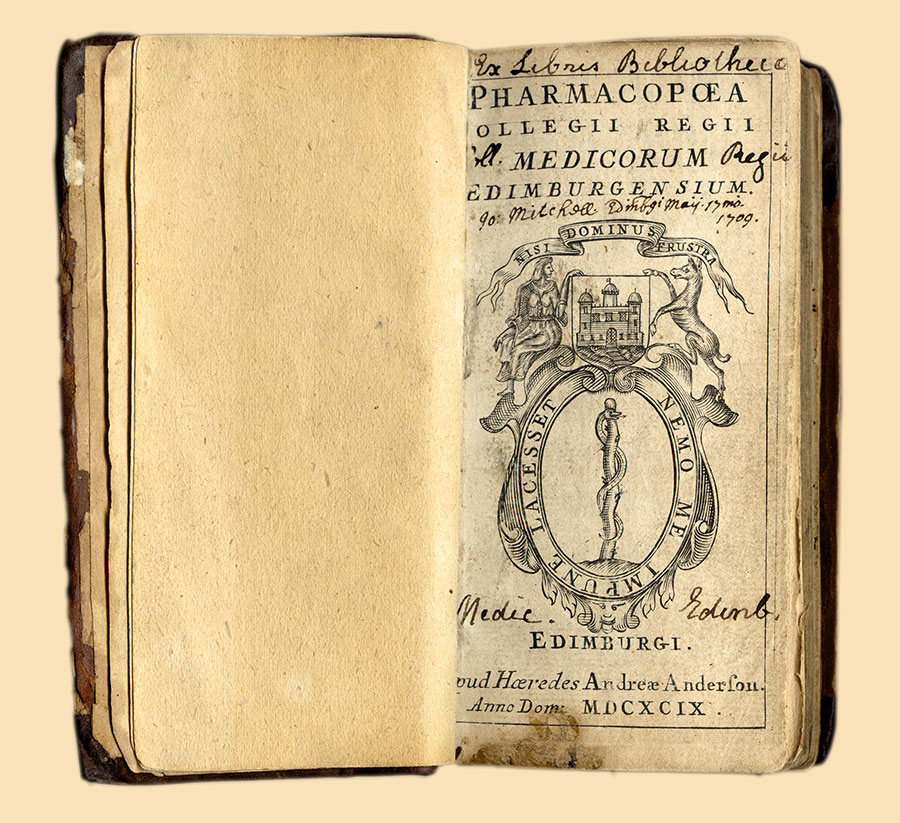|
Rheum Palmatum
''Rheum palmatum'' is a species of flowering plant in the knotweed family Polygonaceae. It is commonly called Chinese rhubarb, ornamental rhubarb, Turkey rhubarb or East Indian rhubarb. ''Rheum palmatum'' is a herbaceous perennial related to the edible rhubarb. It is primarily used in traditional medicine, and as an ornamental subject in the garden. Taxonomy Agnia Losina-Losinskaja proposed classifying it in the section ''Palmata'' in the ''Flora SSSR'' in 1936. In the 1998 ''Flora Republicae popularis Sinicae'' A. R. Li maintains this classification for this species. Description Its lobed leaves are large, jagged and hand-shaped, growing in width to two feet. Chinese rhubarb has thick, deep roots. Similar species The species ''Rheum tanguticum'' is closely related to ''R. palmatum''. ''R. palmatum'' can be distinguished from ''R.'' × ''hybridum'', the garden rhubarb we eat, by size; while garden rhubarb only grows to a few feet in height, Chinese rhubarb can grow to ... [...More Info...] [...Related Items...] OR: [Wikipedia] [Google] [Baidu] |
Carl Linnaeus
Carl Linnaeus (; 23 May 1707 – 10 January 1778), also known after his ennoblement in 1761 as Carl von Linné Blunt (2004), p. 171. (), was a Swedish botanist, zoologist, taxonomist, and physician who formalised binomial nomenclature, the modern system of naming organisms. He is known as the "father of modern taxonomy". Many of his writings were in Latin; his name is rendered in Latin as and, after his 1761 ennoblement, as . Linnaeus was born in Råshult, the countryside of Småland, in southern Sweden. He received most of his higher education at Uppsala University and began giving lectures in botany there in 1730. He lived abroad between 1735 and 1738, where he studied and also published the first edition of his ' in the Netherlands. He then returned to Sweden where he became professor of medicine and botany at Uppsala. In the 1740s, he was sent on several journeys through Sweden to find and classify plants and animals. In the 1750s and 1760s, he continued to collect an ... [...More Info...] [...Related Items...] OR: [Wikipedia] [Google] [Baidu] |
Tibet
Tibet (; ''Böd''; ) is a region in East Asia, covering much of the Tibetan Plateau and spanning about . It is the traditional homeland of the Tibetan people. Also resident on the plateau are some other ethnic groups such as Monpa people, Monpa, Tamang people, Tamang, Qiang people, Qiang, Sherpa people, Sherpa and Lhoba peoples and now also considerable numbers of Han Chinese and Hui people, Hui settlers. Since Annexation of Tibet by the People's Republic of China, 1951, the entire plateau has been under the administration of the People's Republic of China, a major portion in the Tibet Autonomous Region, and other portions in the Qinghai and Sichuan provinces. Tibet is the highest region on Earth, with an average elevation of . Located in the Himalayas, the highest elevation in Tibet is Mount Everest, Earth's highest mountain, rising 8,848.86 m (29,032 ft) above sea level. The Tibetan Empire emerged in the 7th century. At its height in the 9th century, the Tibet ... [...More Info...] [...Related Items...] OR: [Wikipedia] [Google] [Baidu] |
Rheum (plant)
''Rheum'' is a genus of about 60 herbaceous perennial plants in the family Polygonaceae. Species are native to eastern Europe, southern and eastern temperate Asia, with a few reaching into northern tropical Asia. ''Rheum'' is cultivated in Europe and North America. The genus includes the vegetable rhubarb. The species have large somewhat triangular shaped leaves with long, fleshy petioles. The flowers are small, greenish-white to rose-red, and grouped in large compound leafy inflorescences. A number of cultivars of rhubarb have been domesticated both as medicinal plants and for human consumption. While the leaves are slightly toxic, the stalks are used in pies and other foods for their tart flavor. Description ''Rheum'' species are herbaceous perennials growing from fleshy roots. They have upright growing stems and mostly basal, deciduous leaves growing from short, thick rhizomes. They have persistent or deciduous ocrea. The inflorescences are terminal and panicle-like with ... [...More Info...] [...Related Items...] OR: [Wikipedia] [Google] [Baidu] |
Rhizome
In botany and dendrology, a rhizome (; , ) is a modified subterranean plant stem that sends out roots and shoots from its nodes. Rhizomes are also called creeping rootstalks or just rootstalks. Rhizomes develop from axillary buds and grow horizontally. The rhizome also retains the ability to allow new shoots to grow upwards. A rhizome is the main stem of the plant that runs underground horizontally. A stolon is similar to a rhizome, but a stolon sprouts from an existing stem, has long internodes, and generates new shoots at the end, such as in the strawberry plant. In general, rhizomes have short internodes, send out roots from the bottom of the nodes, and generate new upward-growing shoots from the top of the nodes. A stem tuber is a thickened part of a rhizome or stolon that has been enlarged for use as a storage organ. In general, a tuber is high in starch, e.g. the potato, which is a modified stolon. The term "tuber" is often used imprecisely and is sometimes applied to ... [...More Info...] [...Related Items...] OR: [Wikipedia] [Google] [Baidu] |
Award Of Garden Merit
The Award of Garden Merit (AGM) is a long-established annual award for plants by the British Royal Horticultural Society (RHS). It is based on assessment of the plants' performance under UK growing conditions. History The Award of Garden Merit is a mark of quality awarded, since 1922, to garden plants (including trees, vegetables and decorative plants) by the United Kingdom, Royal Horticultural Society (RHS). Awards are made annually after plant trials intended to judge the plants' performance under UK growing conditions. Trials may last for one or more years, depending on the type of plant being analyzed, and may be performed at Royal Horticulture Society Garden in Wisley and other gardens or after observation of plants in specialist collections. Trial reports are made available as booklets and on the website. Awards are reviewed annually in case plants have become unavailable horticulturally, or have been superseded by better cultivars. Similar awards The award should not be ... [...More Info...] [...Related Items...] OR: [Wikipedia] [Google] [Baidu] |
Royal Horticultural Society
The Royal Horticultural Society (RHS), founded in 1804 as the Horticultural Society of London, is the UK's leading gardening charity. The RHS promotes horticulture through its five gardens at Wisley (Surrey), Hyde Hall (Essex), Harlow Carr (North Yorkshire), Rosemoor (Devon) and Bridgewater (Greater Manchester); flower shows including the Chelsea Flower Show, Hampton Court Palace Flower Show, Tatton Park Flower Show and Cardiff Flower Show; community gardening schemes; Britain in Bloom and a vast educational programme. It also supports training for professional and amateur gardeners. the president was Keith Weed and the director general was Sue Biggs CBE. History Founders The creation of a British horticultural society was suggested by John Wedgwood (son of Josiah Wedgwood) in 1800. His aims were fairly modest: he wanted to hold regular meetings, allowing the society's members the opportunity to present papers on their horticultural activities and discoveries, to enc ... [...More Info...] [...Related Items...] OR: [Wikipedia] [Google] [Baidu] |
Rheum Officinale 001
Rheum (; from Greek: ῥεῦμα ''rheuma'' 'a flowing, rheum') is a thin mucus naturally discharged from the eyes, nose, or mouth, often during sleep (cf. mucopurulent discharge).Amodio, Aime"Where Do Eye Boogers Come From?" Families.com blogHiskey, Daven"What the 'Sleep' In Your Eyes Is" ''Today I Found Out'', 23 February 2011. Rheum dries and gathers as a crust in the corners of the eyes or the mouth, on the eyelids, or under the nose. It is formed by a combination of mucus (in the case of the eyes, consisting of mucin discharged from the cornea or the conjunctiva), nasal mucus, blood cells, skin cells, or dust. Rheum from the eyes is particularly common. Dried rheum near the eyes is commonly called sleep, sleepy-seeds, sleepy buds,Eric Partridge, Paul Beale, ed., ''A Dictionary of Slang and Unconventional English'', 8th edition, 1984, ''s.v.'' sleepy bugs, sleepy sand, sleepy winks, eye boogers, Sandman's sand, eye goop, sleepy dust, sleepies, eye gunk, eye crust, sleepy m ... [...More Info...] [...Related Items...] OR: [Wikipedia] [Google] [Baidu] |
Oxalic Acid
Oxalic acid is an organic acid with the systematic name ethanedioic acid and formula . It is the simplest dicarboxylic acid. It is a white crystalline solid that forms a colorless solution in water. Its name comes from the fact that early investigators isolated oxalic acid from flowering plants of the genus ''Oxalis'', commonly known as wood-sorrels. It occurs naturally in many foods. Excessive ingestion of oxalic acid or prolonged skin contact can be dangerous. Oxalic acid has much greater acid strength than acetic acid. It is a reducing agent and its conjugate base, known as oxalate (), is a chelating agent for metal cations. Typically, oxalic acid occurs as the dihydrate with the formula . History The preparation of salts of oxalic acid (crab acid) from plants had been known, at least since 1745, when the Dutch botanist and physician Herman Boerhaave isolated a salt from wood sorrel. By 1773, François Pierre Savary of Fribourg, Switzerland had isolated oxalic acid from i ... [...More Info...] [...Related Items...] OR: [Wikipedia] [Google] [Baidu] |
Pharmacopoeia
A pharmacopoeia, pharmacopeia, or pharmacopoea (from the obsolete typography ''pharmacopœia'', meaning "drug-making"), in its modern technical sense, is a book containing directions for the identification of compound medicines, and published by the authority of a government or a medical or pharmaceutical society. Descriptions of preparations are called monographs. In a broader sense it is a reference work for pharmaceutical drug specifications. Etymology The term derives from grc, φαρμακοποιία ''pharmakopoiia'' "making of (healing) medicine, drug-making", a compound of φάρμακον ''pharmakon'' "healing medicine, drug, poison", the verb ποιεῖν ''poiein'' "to make" and the abstract noun suffix -ία ''-ia''. In early modern editions of Latin texts, the Greek diphthong οι (''oi'') is latinized to its Latin equivalent ''oe'' which is in turn written with the ligature ''œ'', giving the spelling ''pharmacopœia''; in modern UK English, ''œ'' is wri ... [...More Info...] [...Related Items...] OR: [Wikipedia] [Google] [Baidu] |
Poultice
A poultice, also called a cataplasm, is a soft moist mass, often heated and medicated, that is spread on cloth and placed over the skin to treat an aching, inflamed, or painful part of the body. It can be used on wounds, such as cuts. 'Poultice' may also refer to a porous solid filled with a solvent used to remove stains from porous stone such as marble or granite. The word "poultice" comes from the Greek word "poltos" transformed in the Latin ''puls, pultes'', meaning "porridge". Types * Some Native Americans used mashed pumpkin or devil’s club as a poultice. *Native Americans have thousands of plants for the making of poultices. The known tribes who utilize(d) plants for poultices include the Abnaki, Aleut, some Algonquin bands, Anticosti, some Apache tribes, Atsugewi, Bella Coola, Blackfoot, Cahuilla, California Indian, Carrier bands, Catawba, Chehalis, Cherokee, some Cheyenne, Chickasaw, Chippewa, Choctaw, Clallam, Coahuilla, some Cocopa, Comanche, Concow, and many ... [...More Info...] [...Related Items...] OR: [Wikipedia] [Google] [Baidu] |
Silk Road
The Silk Road () was a network of Eurasian trade routes active from the second century BCE until the mid-15th century. Spanning over 6,400 kilometers (4,000 miles), it played a central role in facilitating economic, cultural, political, and religious interactions between the Eastern world, East and Western world, West. The name "Silk Road", first coined in the late 19th century, has fallen into disuse among some modern historians in favor of Silk Routes, on the grounds that it more accurately describes the intricate web of land and sea routes connecting East Asia, East and Southeast Asia, the South Asia, Indian subcontinent, Central Asia, the Middle East, East Africa and Southern Europe, Europe. The Silk Road derives its name from the highly lucrative trade of silk, silk textiles that were Silk industry in China, produced almost exclusively in China. The network began with the Han dynasty, Han dynasty's expansion into Central Asia around 114 BCE, Protectorate of the Western Regio ... [...More Info...] [...Related Items...] OR: [Wikipedia] [Google] [Baidu] |
Rheum Officinale
''Rheum officinale'', the Chinese rhubarb, or Indian rhubarb is a rhubarb from the family Polygonaceae native to China. In Chinese it is called ''yào yòng dà huáng'' (), literally meaning ''medicinal rhubarb''. Description A perennial typically to 2m in height. Similar species Karyotypy ''R. officinale'' has a chromosome count of 2''n''=44. Distribution This species is endemic to southeast China, where it occurs in the provinces of Guizhou, southwestern Henan, western Hubei, Shaanxi, Sichuan, Yunnan and possibly Fujian. Uses Leaf petiole said to be edible raw or cooked. In Indonesia, especially in Java where it is known as ''klembak'' in Javanese, and it is usually dried, and mixed with tobacco and frankincense to create a ''rokok klembak menyan'', a traditional Javanese frankincense cigarette. Traditional medicinal uses The roots of ''Rheum officinale'' are used in traditional Chinese medicine. They are considered as a kind of "cold" herbs, used as a laxative in p ... [...More Info...] [...Related Items...] OR: [Wikipedia] [Google] [Baidu] |










